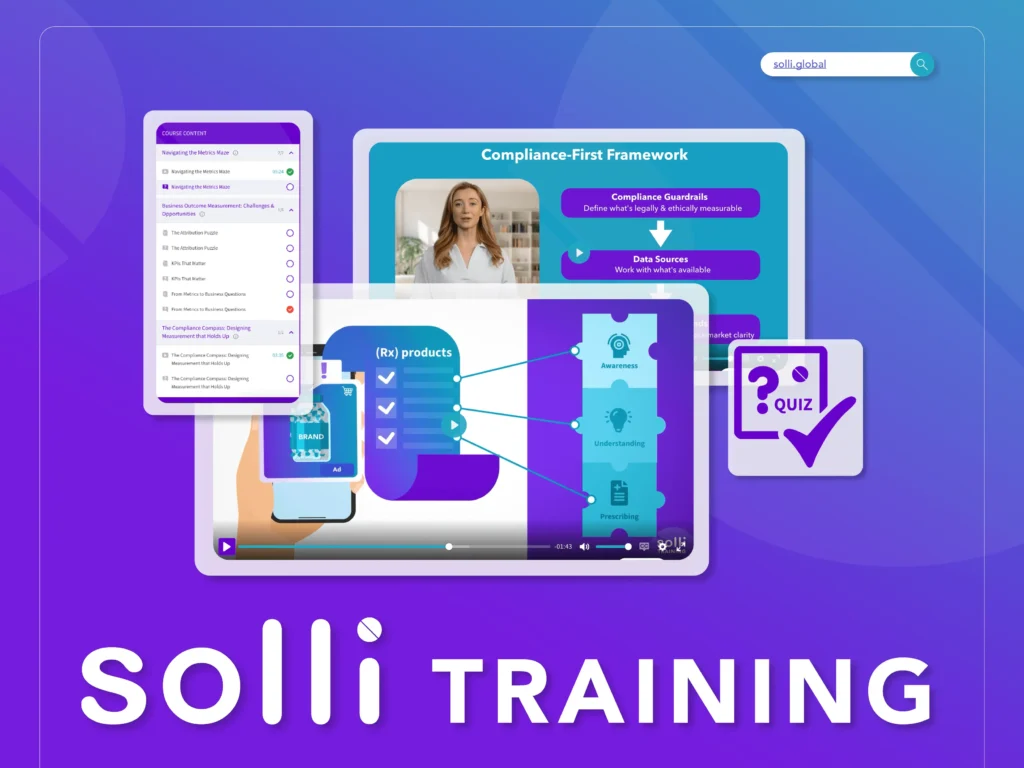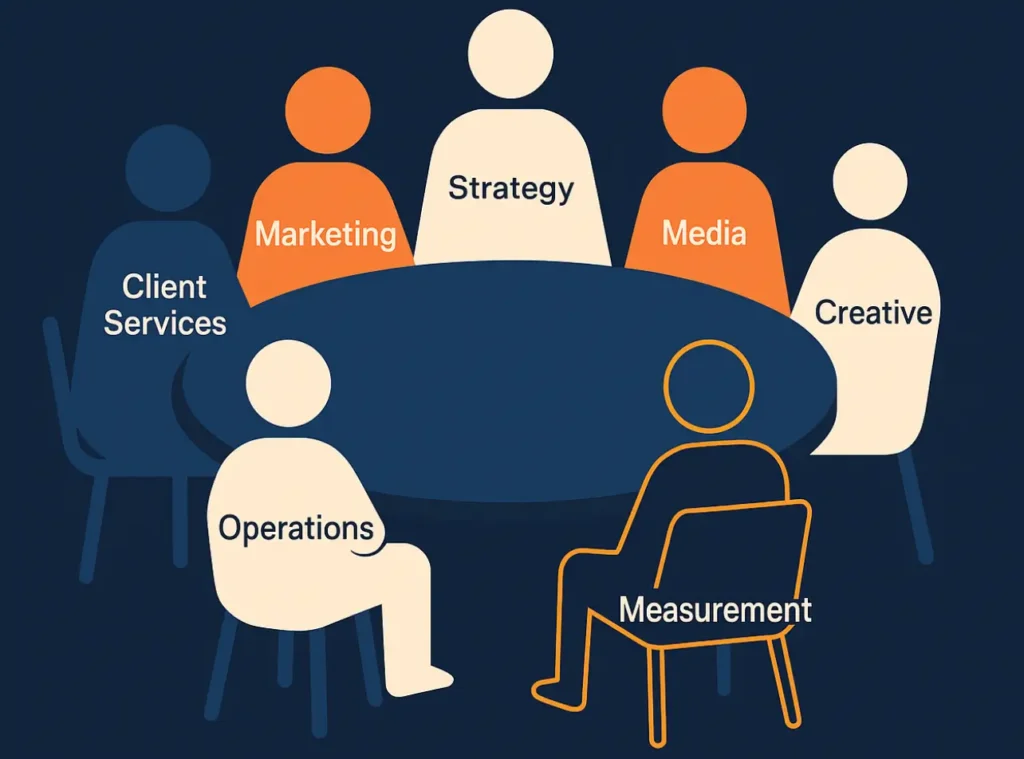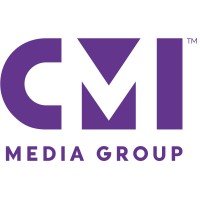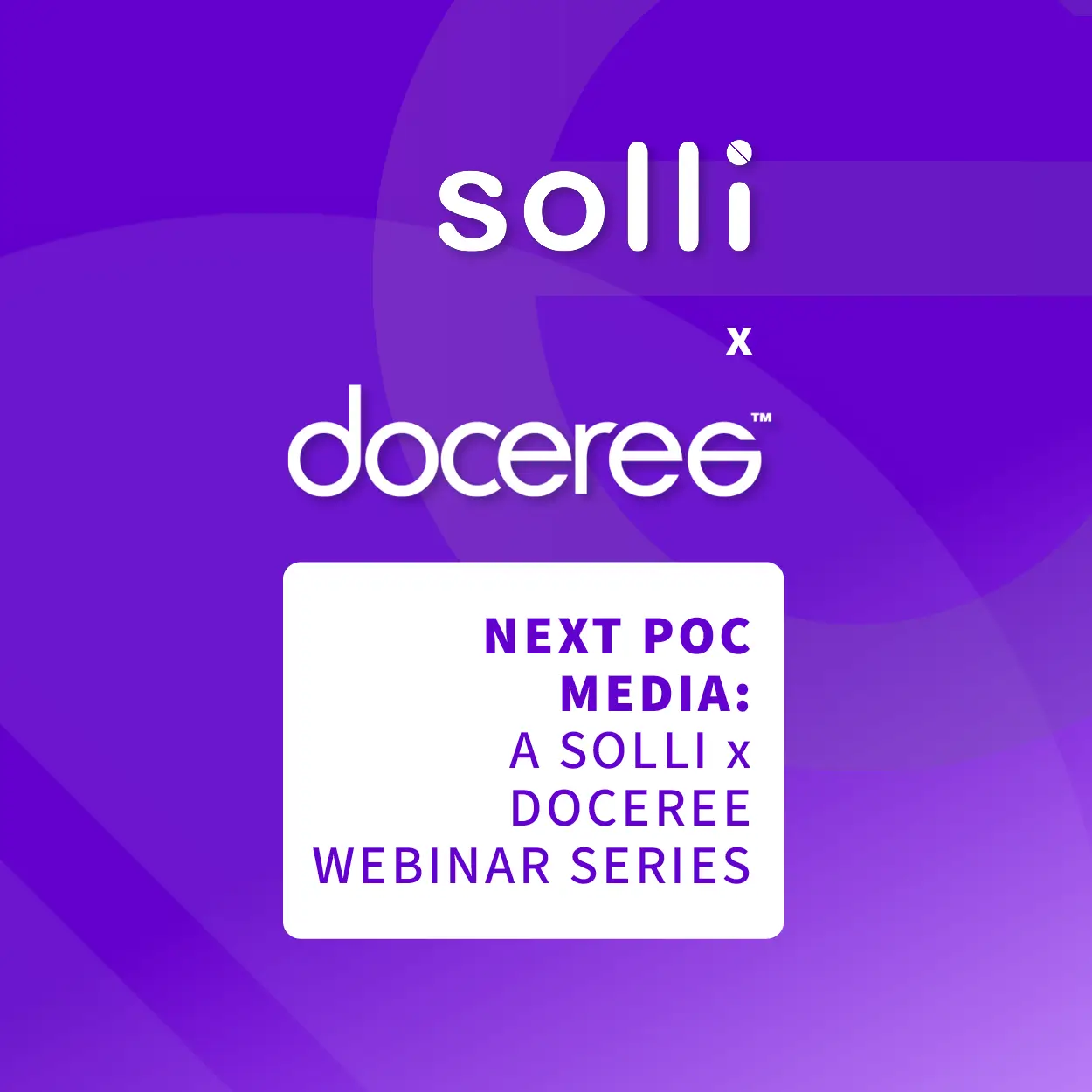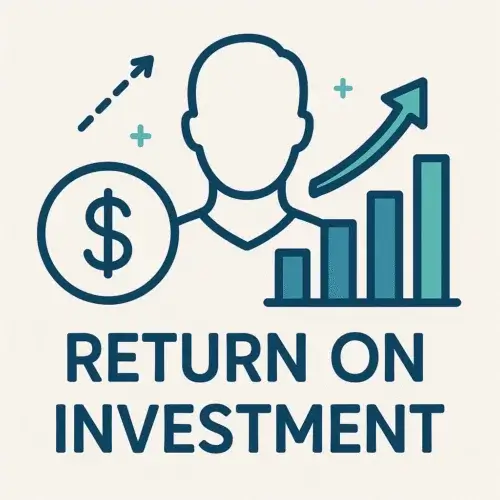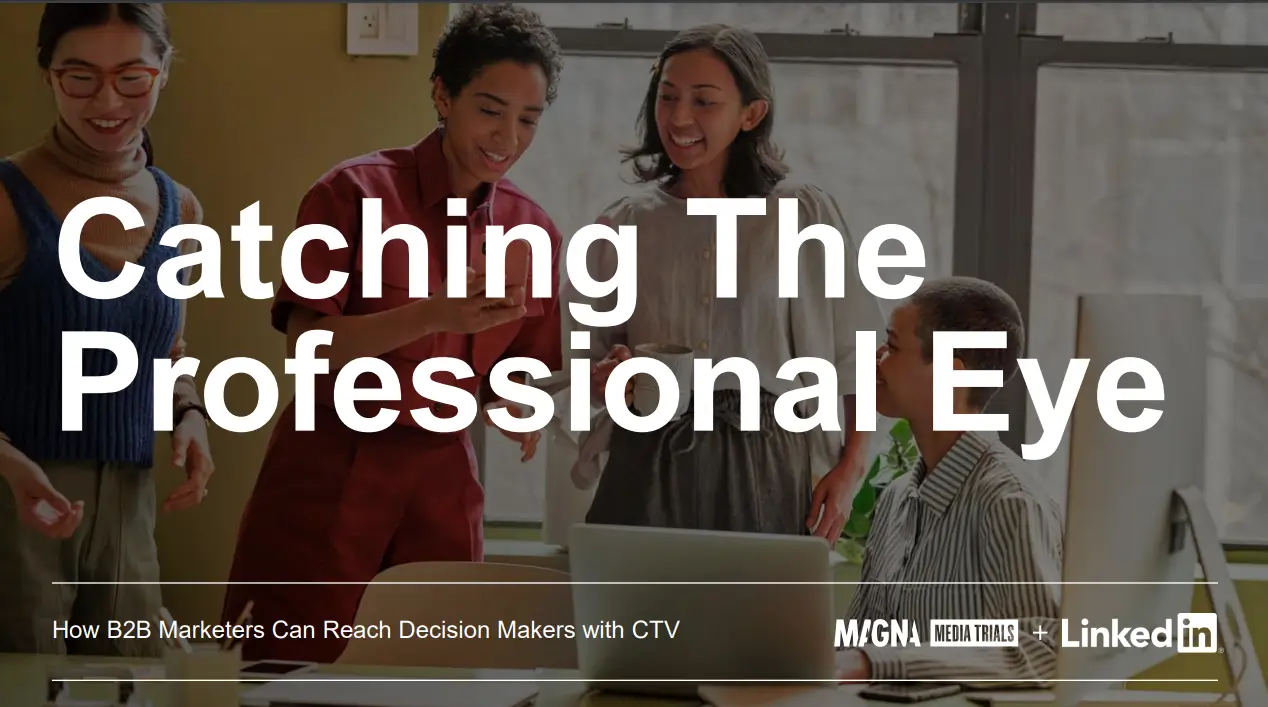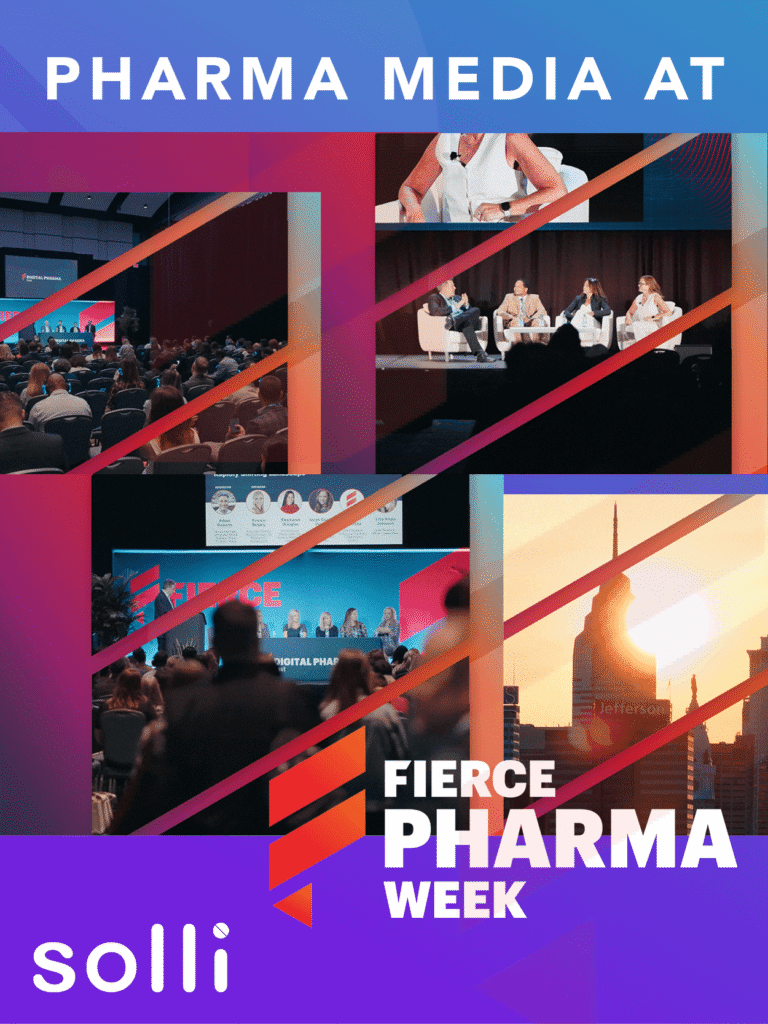Catching the Professional Eye: How CTV is Reshaping B2B Advertising
A look into the Magna-LinkedIn report on CTV’s potential to engage business decision-makers
In this article, we’ll cover the report’s findings on decision-maker behavior, ad receptivity, and the potential for CTV to accelerate the buyer’s journey in the B2B space with a particular lens for those working in the pharma media industry in the US.
Debunking Myths: Business Decision-Makers Embrace CTV
One of the report’s primary takeaways is that CTV isn’t just a space for B2C advertising. 98% of LinkedIn users surveyed watch CTV at least weekly, compared to 83% who watch linear TV. Surprisingly, the professional audience on LinkedIn not only prefers CTV but actively engages with ad-supported content. 94% of respondents reported watching CTV with ads regularly, indicating that business decision-makers are more open to CTV-based messaging than previously thought.
The findings suggest that pharma media professionals targeting healthcare decision-makers and other key stakeholders may benefit from diversifying their advertising strategy to include CTV, tapping into a media platform where business audiences are highly engaged. Of course, this is just the starting point to then dive into advanced audience planning and identify solutions within CTV, however it is clear that the audience is there.
Understanding Audience Composition: Generational Insights
The Magna-LinkedIn report underscores the generational diversity within the CTV audience, revealing that Millennials and Gen X viewers make up the largest portions of LinkedIn’s CTV audience, while Gen Z and Boomers also actively tune in. Importantly, Millennials and Gen Xers demonstrate higher receptivity to B2B advertising on CTV, with Millennials being 80% more likely to engage with B2B ads compared to other groups—a critical insight given Millennials’ increasing influence on business decisions and budget allocations.
For marketers, this means that while CTV offers broad reach, a targeted focus on Millennials and Gen X could significantly maximize ROI. These generations not only hold sway over purchasing decisions but also actively seek professional and brand-aligned content on streaming platforms. By tailoring campaigns with messaging and formats that resonate with these cohorts, brands can enhance both engagement and conversion rates within a highly valuable segment of the professional audience.
Accelerating the Deal Cycle with CTV
Another standout finding is CTV’s powerful role in accelerating the buying process. The report reveals that 88% of business decision-makers on CTV considered purchasing a product after seeing a B2B ad, with 79% starting a free trial and 83% making a purchase shortly after viewing a relevant ad. Notably, the majority of these actions occurred within just one week of exposure, highlighting CTV’s unique ability to drive users swiftly down the sales funnel and prompt immediate next steps.
For pharma media, where precise timing and engagement are crucial in influencing HCP and patient decisions, combining CTV with actionable, targeted messaging could prompt healthcare audiences – whether HCPs or patients – to take quicker, decisive actions, such as exploring new treatment options, engaging with patient support programs, or reviewing new therapeutic research
Preferred Ad Formats: Storytelling and Interactivity
The report also reveals the types of CTV ads that resonate most with professional audiences. Business decision-makers prefer ads that tell a compelling story, showcase the human side of the brand, or include interactive elements like QR codes or voice-activated prompts. For example, 62% of respondents showed openness to ads featuring QR codes, while 61% liked ads with voice activation. This preference for interactive and storytelling-driven ads underscores a shift towards engaging, dynamic content that goes beyond traditional advertising formats.
This aligns with solli’s recent articles that encourage bringing humanity, creativity, and brand-building to pharma media. Interactive, emotionally driven ad formats on CTV offer pharma brands an opportunity to create impactful connections with healthcare audiences, signaling positive potential for the future of pharma media.
Matching Content to Intent
The report highlights that audience receptivity varies based on content type and viewing motivations. For example, professionals watching CTV to “stay informed” tend to be most receptive in the early morning or early evening, particularly during educational, news, and documentary content. These insights suggest that timing and content relevance can play a crucial role in optimizing CTV ad placements. With so many ways for pharma brands to engage with their audiences, this is a useful guidance on selecting the messaging within CTV platforms.
solli’s Final Thoughts
CTV’s growing share of media spend seems well-justified by the findings in this Magna-LinkedIn report. With its ability to engage decision-makers, drive quick actions, and deliver creative, interactive experiences, CTV is shaping up to be an essential channel in the B2B toolkit. For pharma media professionals, this underscores the importance of integrating CTV strategically to foster deeper connections and prompt meaningful engagements among HCPs and patients alike.
Read the full report here.

